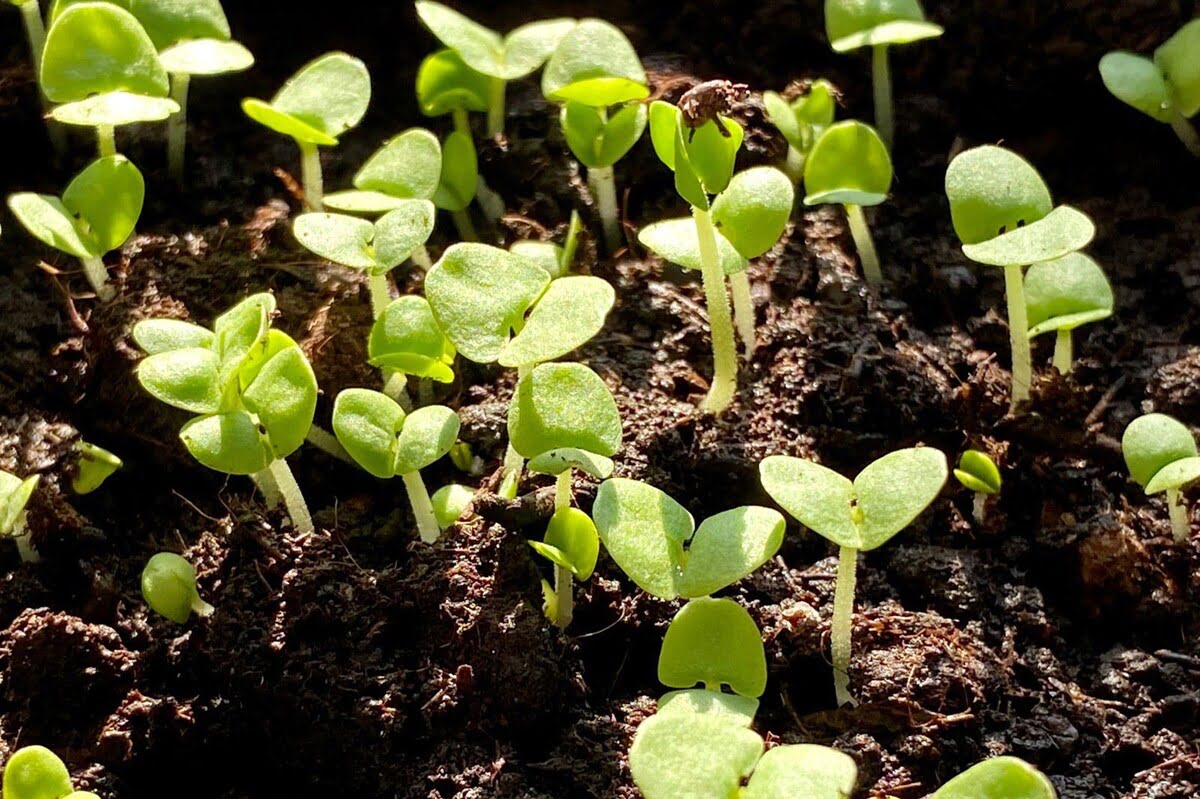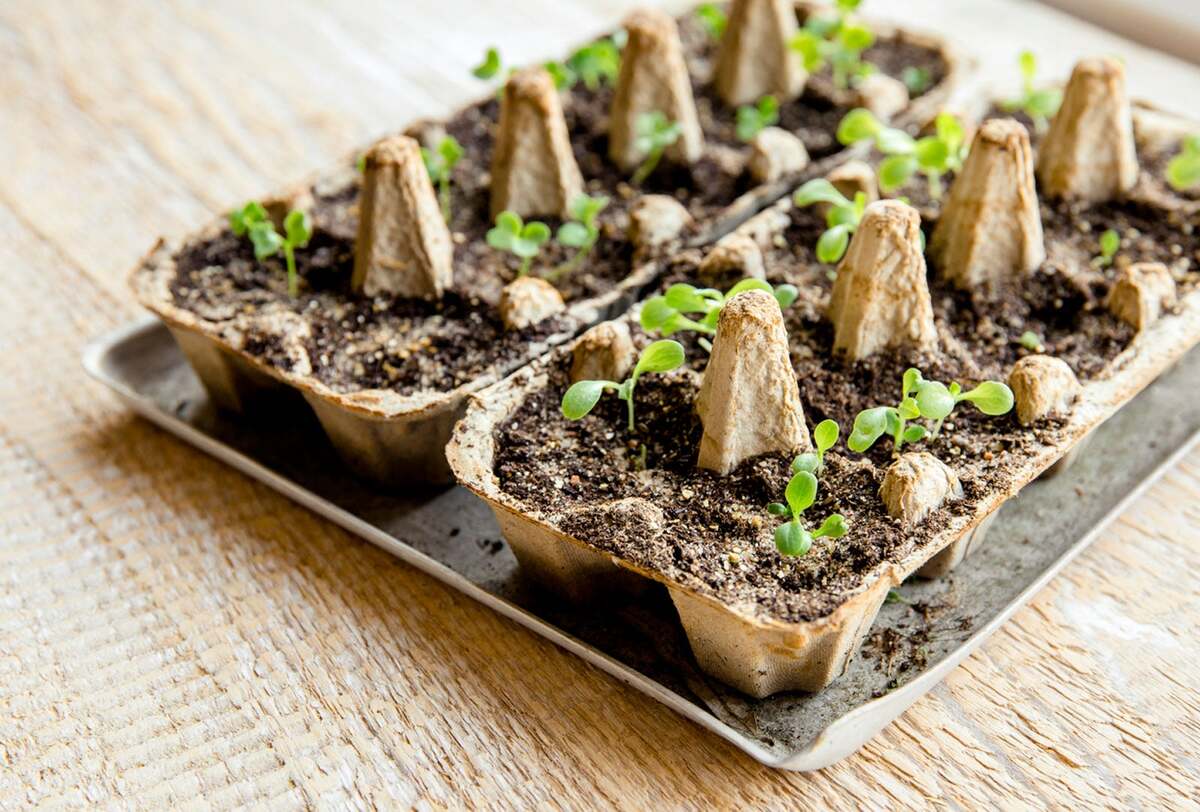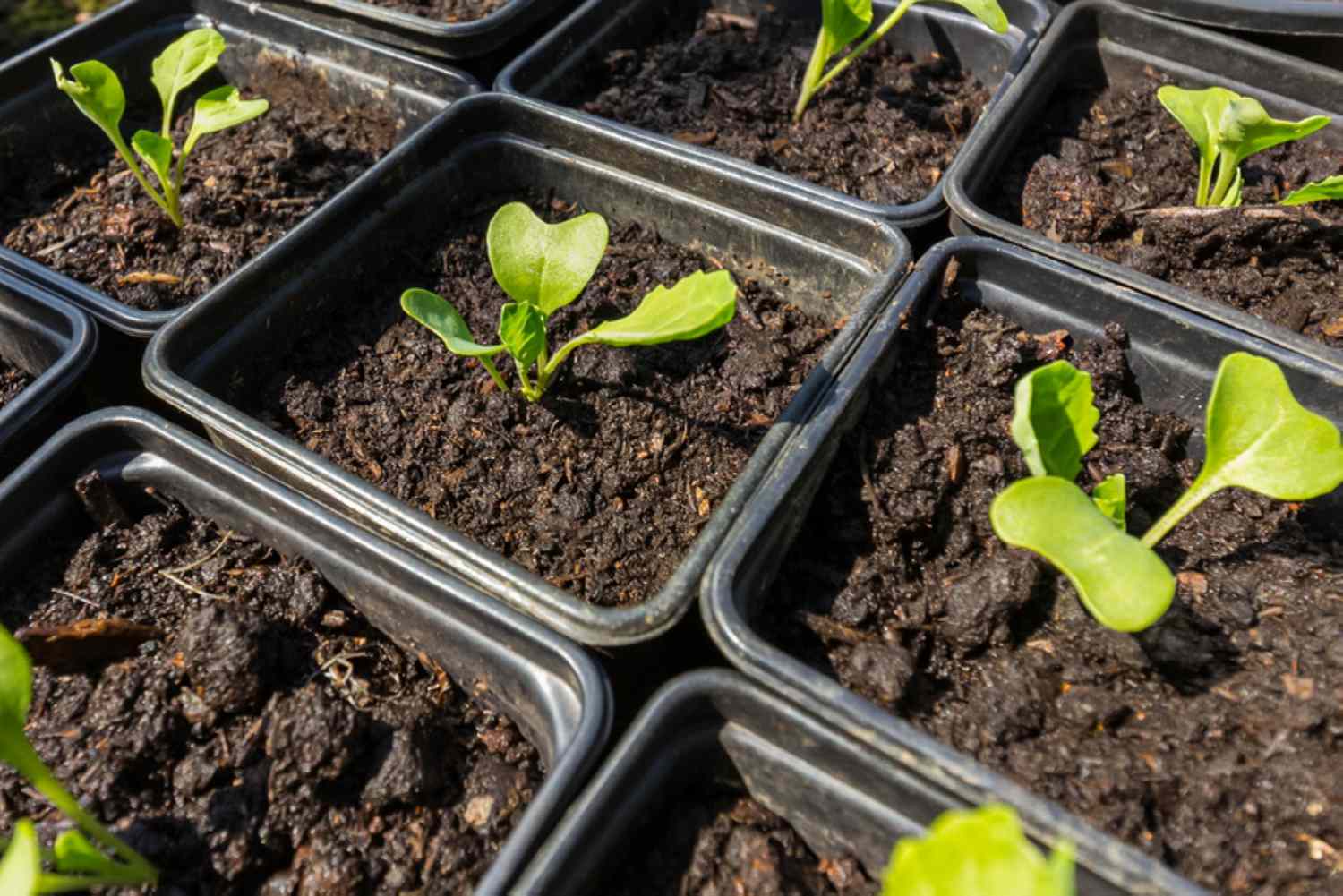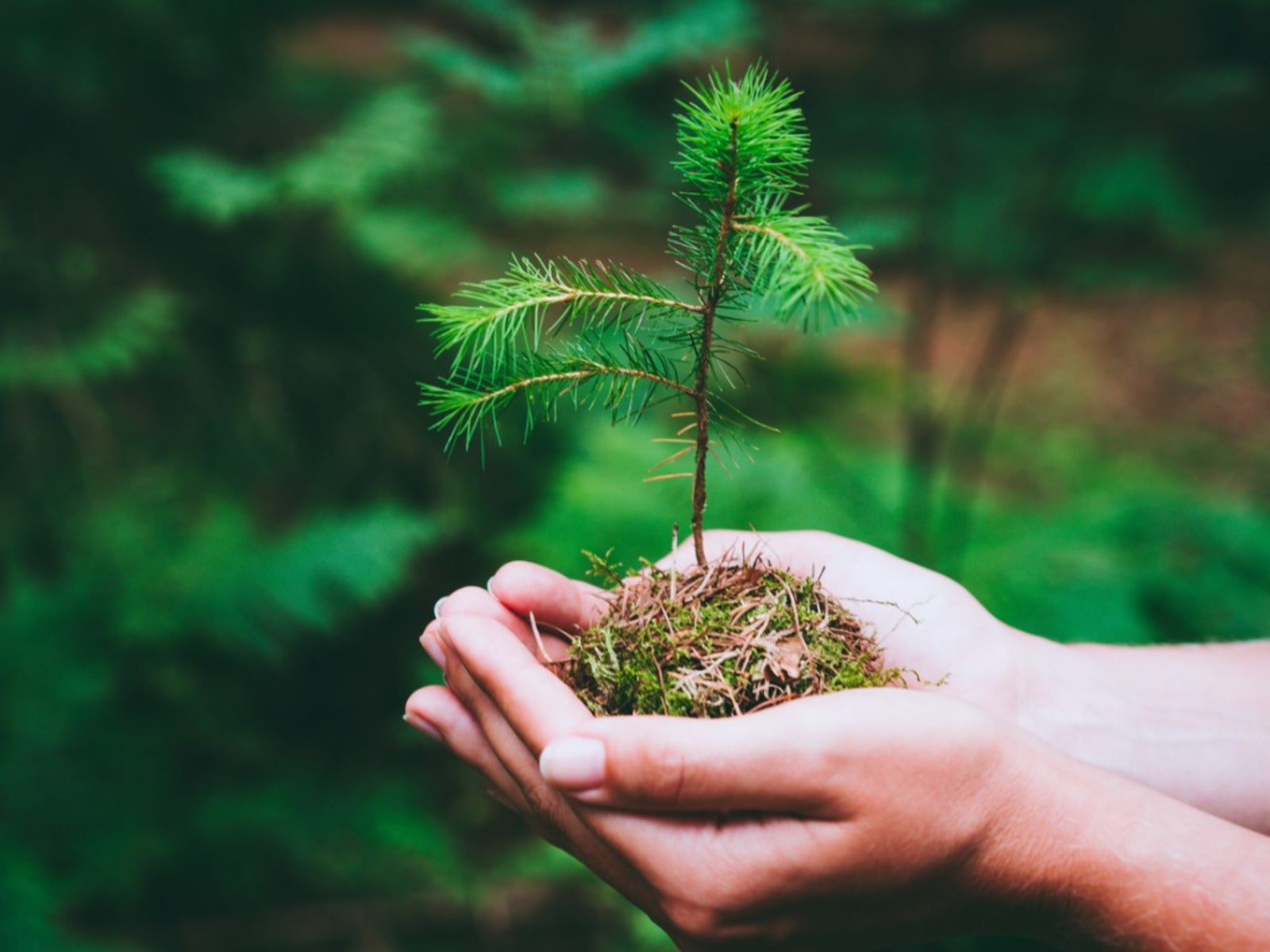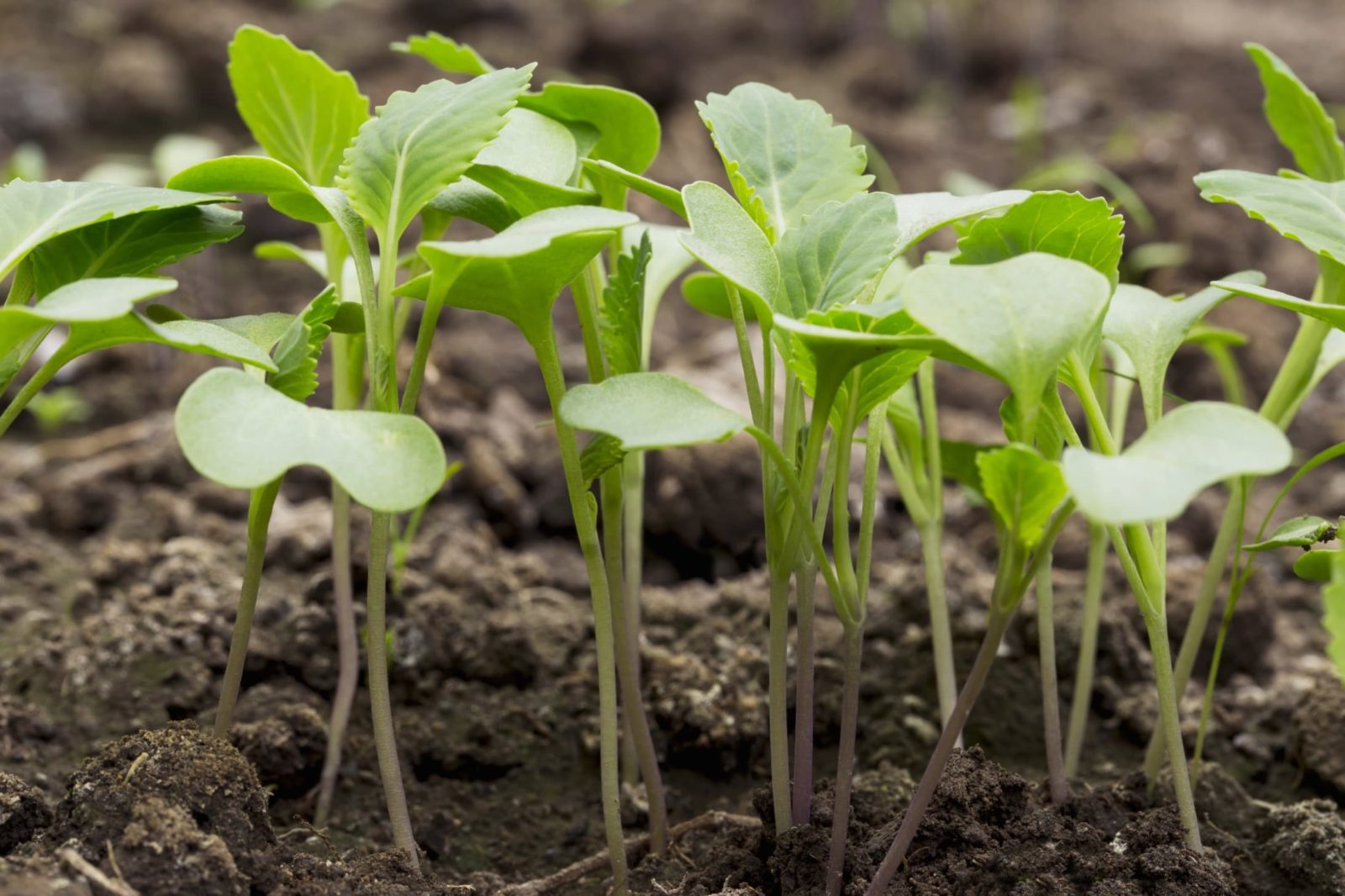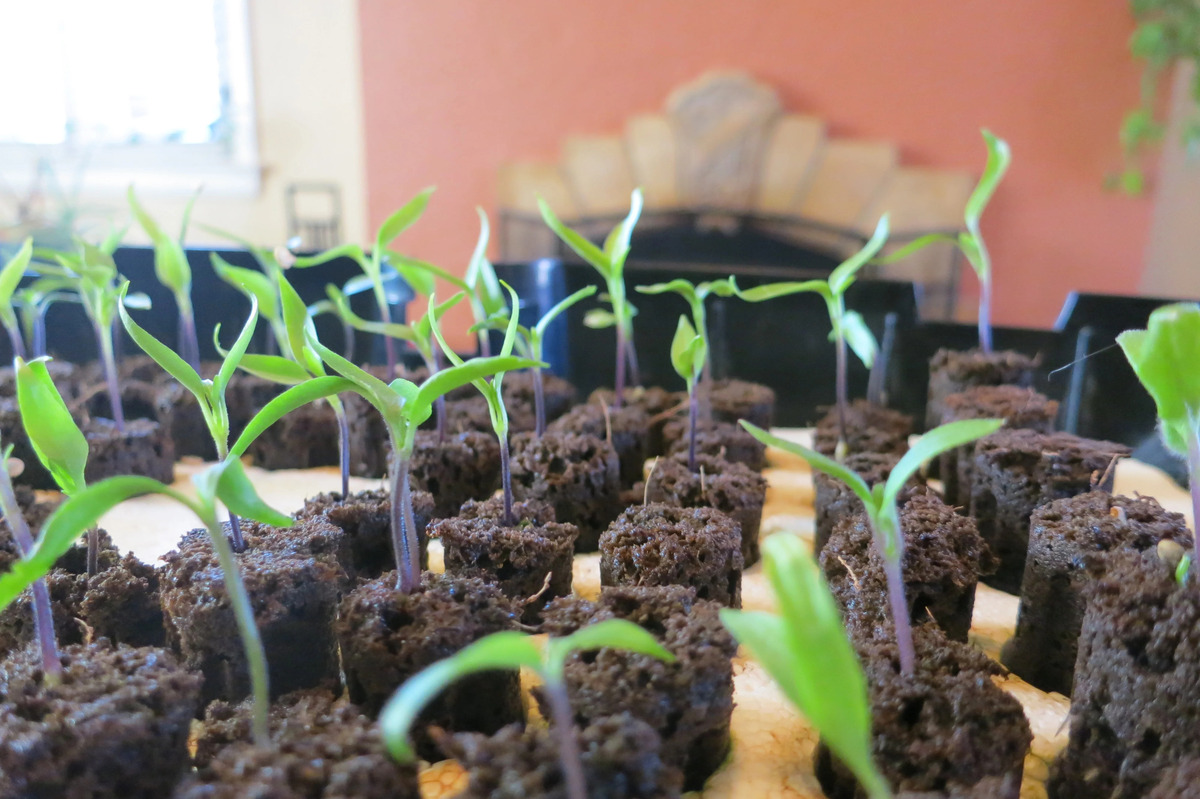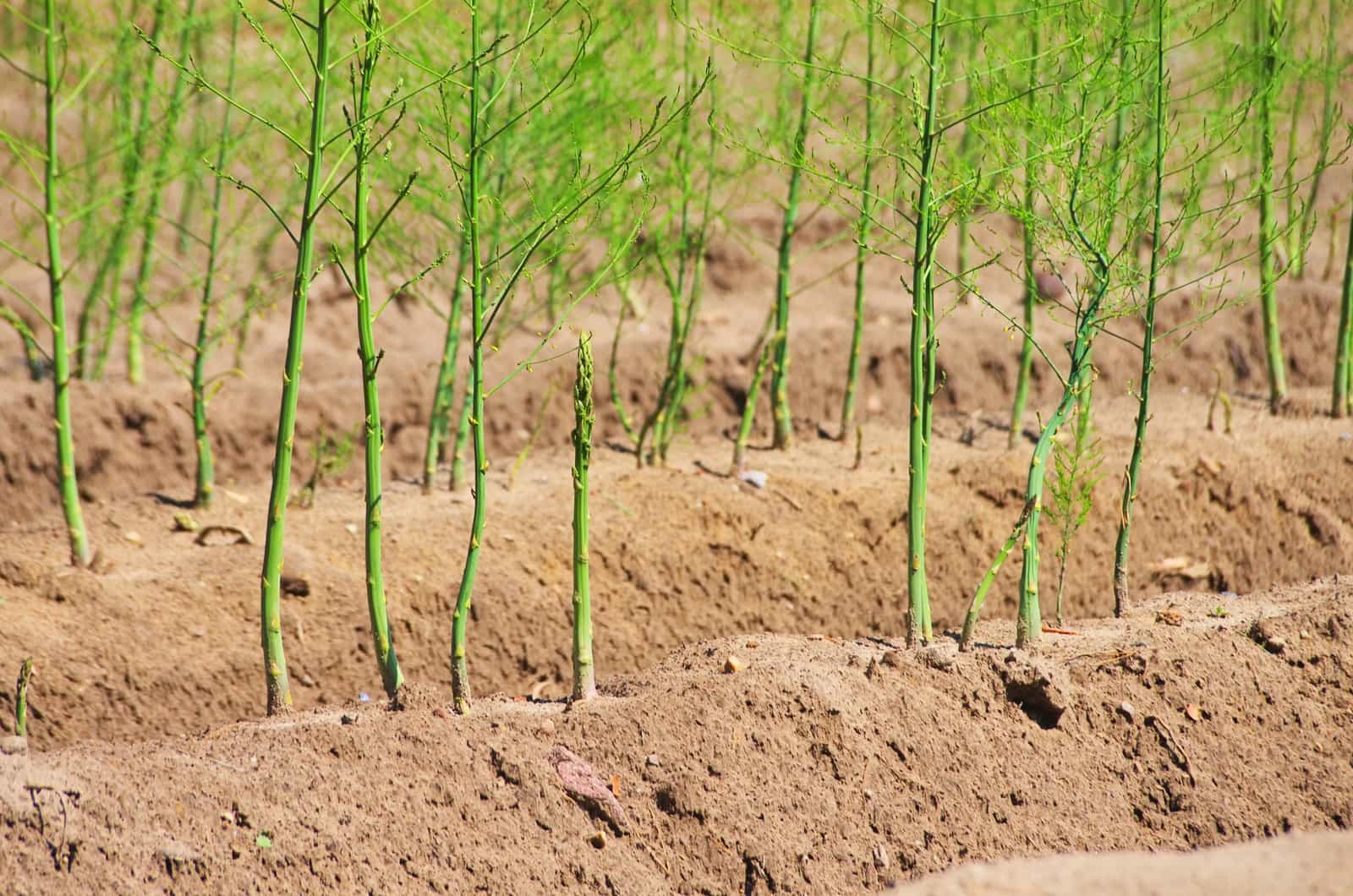Home>Types of Gardening>Ornamental Gardening>How To Plant Milkweed Seedlings


Ornamental Gardening
How To Plant Milkweed Seedlings
Published: January 7, 2024
Learn how to successfully plant milkweed seedlings in your garden for beautiful ornamental gardening. Follow our step-by-step guide for best results!
(Many of the links in this article redirect to a specific reviewed product. Your purchase of these products through affiliate links helps to generate commission for Chicagolandgardening.com, at no extra cost. Learn more)
Table of Contents
Introduction
Welcome to the world of ornamental gardening, where the beauty of nature meets the artistry of cultivation. In this guide, we will delve into the enchanting realm of planting milkweed seedlings, a captivating and rewarding endeavor for any gardening enthusiast. Milkweed, a vital plant for the survival of monarch butterflies, not only adds charm to your garden with its vibrant blooms but also plays a crucial role in supporting these majestic pollinators.
As we embark on this journey, you will discover the intricate steps involved in nurturing milkweed seedlings, from selecting the perfect location to fostering their growth with care and attention. Whether you are a seasoned gardener or a novice with a green thumb, this comprehensive guide will equip you with the knowledge and confidence to cultivate thriving milkweed plants in your own outdoor oasis.
Join us as we unravel the secrets of successful milkweed gardening, and let the allure of these enchanting flowers inspire you to create a haven for both flora and fauna in your backyard. Let's embark on this horticultural adventure and witness the magic of nurturing milkweed seedlings into flourishing plants that not only enhance the aesthetics of your garden but also contribute to the conservation of these delicate ecosystems.
Choosing the Right Location
Before delving into the process of planting milkweed seedlings, it’s essential to select an ideal location that caters to the specific needs of these delicate plants. Milkweed thrives in areas that receive ample sunlight, making it crucial to identify a spot in your garden that basks in sunlight for at least six to eight hours a day. The presence of sunlight is vital for the healthy growth and blooming of milkweed, ensuring that the plants flourish and attract an array of pollinators.
Furthermore, it is imperative to consider the soil drainage in the chosen location. Milkweed seedlings require well-draining soil to prevent waterlogging, which can impede their growth and lead to root rot. Assess the soil’s drainage capacity to ensure that it is conducive to the development of robust milkweed plants.
In addition to sunlight and soil drainage, the presence of shelter from strong winds can benefit the growth of milkweed seedlings. While milkweed thrives in sunny conditions, excessive wind exposure can be detrimental to their delicate stems and foliage. Therefore, choosing a location that offers some protection from strong winds can safeguard the young seedlings and promote their healthy development.
By carefully considering these factors, you can identify the perfect location in your garden to plant milkweed seedlings, setting the stage for their successful growth and the subsequent attraction of graceful monarch butterflies and other pollinators to your outdoor sanctuary.
Preparing the Soil
Preparing the soil is a crucial step in ensuring the optimal growth and development of milkweed seedlings. Start by evaluating the composition of the soil in your chosen planting area. Milkweed thrives in well-draining soil with a slightly acidic to neutral pH level, typically ranging between 6.5 and 7.5. If your soil’s pH deviates from this range, consider amending it with organic matter or specific soil additives to achieve the ideal pH balance for milkweed cultivation.
Once the soil’s pH is within the desired range, focus on enhancing its texture and nutrient content. Incorporating organic matter, such as compost or well-rotted manure, can improve the soil’s structure, promoting better aeration and moisture retention. This organic amendment also enriches the soil with essential nutrients, creating a fertile environment for the growth of healthy milkweed plants.
Prior to planting the milkweed seedlings, it is advisable to loosen the soil to a depth of at least 12 inches, allowing the young roots to penetrate the soil easily and establish a strong foundation for growth. This preparation facilitates the efficient uptake of nutrients and water, bolstering the resilience of the milkweed plants as they mature.
By diligently preparing the soil and optimizing its composition, you pave the way for the successful establishment of milkweed seedlings, setting the stage for their flourishing presence in your garden. The enriched and well-aerated soil will nurture the young plants, fostering their growth and vitality as they evolve into captivating additions to your ornamental garden.
Planting Milkweed Seedlings
With the soil meticulously prepared, it’s time to embark on the rewarding process of planting milkweed seedlings. Begin by carefully removing the seedlings from their containers, taking care not to disturb their delicate roots. Gently loosen the roots if they appear compacted, allowing them to spread outwards once planted in the soil.
When selecting the planting site for each seedling, ensure that the spacing between individual plants aligns with the specific requirements of the milkweed species you are cultivating. Adequate spacing enables each plant to receive ample sunlight and nutrients, fostering their unhindered growth and development.
As you position each seedling in the prepared soil, ensure that the root collar—the point where the stem meets the roots—is level with the soil surface. Gently backfill the soil around the seedling, pressing it lightly to remove air pockets and establish secure contact between the roots and the soil. Water the newly planted seedlings thoroughly, providing the moisture necessary for their initial establishment in the garden.
Following the planting process, consider applying a layer of organic mulch around the base of the seedlings to conserve moisture, regulate soil temperature, and inhibit weed growth. This mulch layer also contributes to the overall health of the soil, gradually decomposing and enriching the underlying earth with valuable organic matter.
As you witness the milkweed seedlings taking root in their new environment, you are nurturing the growth of these captivating plants that will soon grace your garden with their vibrant blooms and serve as a vital resource for pollinators, including the majestic monarch butterflies.
Caring for Milkweed Seedlings
Once the milkweed seedlings are nestled in the soil, diligent care is essential to ensure their healthy progression into robust, blooming plants. Regular watering is paramount during the initial stages of growth, particularly in the absence of consistent rainfall. While it is crucial to provide adequate moisture, it is equally important to avoid overwatering, as excessively damp soil can compromise the root health of the seedlings.
Monitoring the soil moisture and employing a watering regimen that maintains a balanced level of hydration is key to nurturing thriving milkweed plants. Additionally, incorporating a layer of organic mulch around the base of the seedlings aids in moisture retention and minimizes weed competition, contributing to the overall well-being of the plants.
As the seedlings mature, it is beneficial to supplement their growth with a balanced, slow-release fertilizer specifically formulated for flowering plants. This application of nutrients supports the development of sturdy stems, lush foliage, and prolific blooms, enhancing the visual allure of the milkweed plants while fortifying their vitality.
Throughout the growth cycle, remain vigilant against the presence of pests that may target the milkweed plants. Keep an eye out for common pests such as aphids and milkweed bugs, addressing any infestations promptly to safeguard the health and vigor of the seedlings. By maintaining a watchful stance and promptly addressing pest issues, you can protect the milkweed plants from potential harm and preserve their ornamental and ecological value in your garden.
Furthermore, embracing a sustainable approach to gardening by refraining from the use of chemical pesticides fosters a harmonious environment for beneficial insects, including pollinators like butterflies and bees, while safeguarding the delicate balance of your garden ecosystem.
By providing attentive care and safeguarding the well-being of the milkweed seedlings, you are nurturing the growth of these enchanting plants and fostering a flourishing habitat for pollinators, contributing to the preservation of biodiversity in your ornamental garden.
Conclusion
Embarking on the journey of planting and nurturing milkweed seedlings is a testament to the profound impact that ornamental gardening can have on the natural world. As you tend to these delicate yet resilient plants, you are not only cultivating a visually captivating garden but also fostering a vital sanctuary for pollinators and contributing to the preservation of biodiversity.
By carefully selecting the optimal location, preparing the soil with diligence, and planting the seedlings with care, you have established the groundwork for the flourishing growth of milkweed plants in your garden. The attention and nurturing you provide to these plants not only enhance the aesthetic appeal of your outdoor space but also play a pivotal role in supporting the life cycle of essential pollinators, including the iconic monarch butterflies.
As you continue to care for the milkweed seedlings, maintaining a balanced approach to watering, supplementing their growth with nourishing fertilizers, and fostering a pest-resilient environment, you are actively contributing to the sustainability and resilience of your garden ecosystem. Your dedication to sustainable gardening practices serves as a testament to the harmonious coexistence of flora and fauna within your ornamental garden.
In nurturing milkweed seedlings, you are partaking in a profound journey that transcends the boundaries of horticulture, embracing the interconnectedness of nature and human stewardship. Your efforts not only enrich your garden with the vibrant beauty of milkweed blooms but also create a haven for pollinators, fostering a thriving microcosm of life within your outdoor sanctuary.
As the milkweed seedlings evolve into flourishing plants, their presence will serve as a testament to your commitment to environmental stewardship and the enduring allure of ornamental gardening. Your dedication to nurturing these enchanting plants exemplifies the profound impact that a single garden can have on the preservation of biodiversity and the conservation of vital ecosystems.
